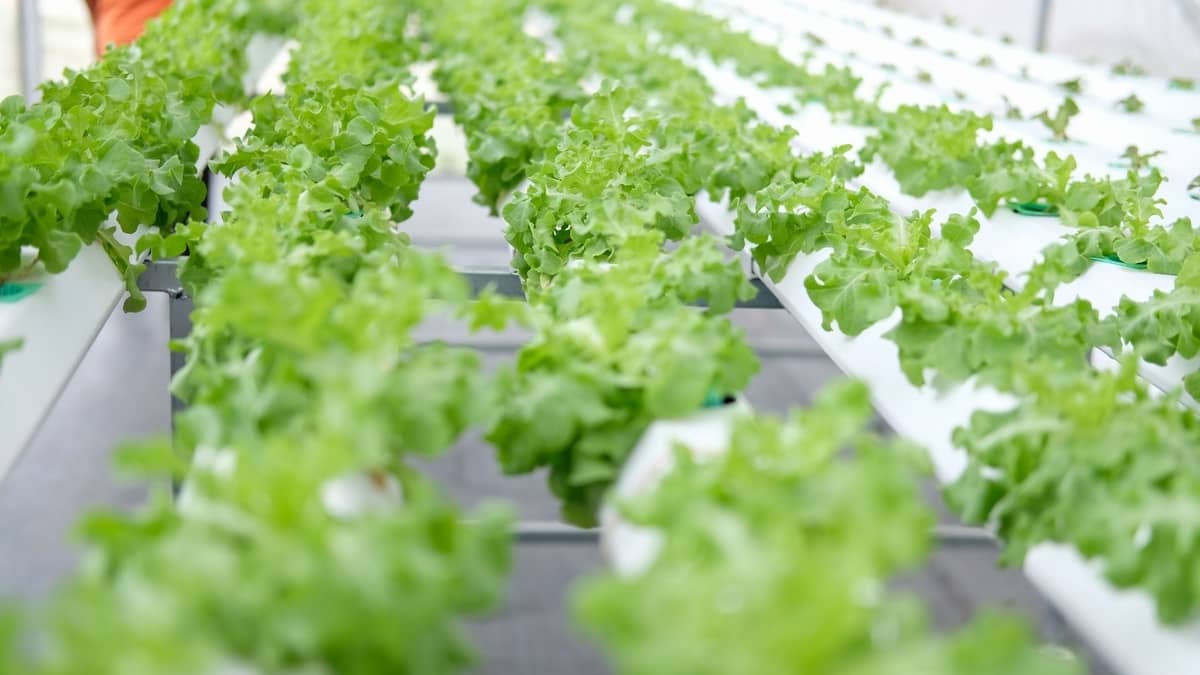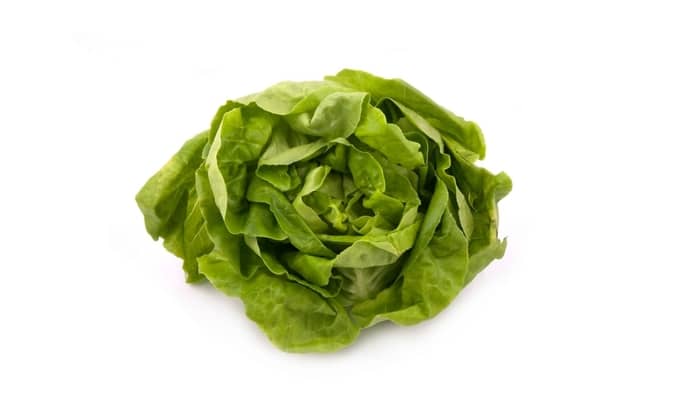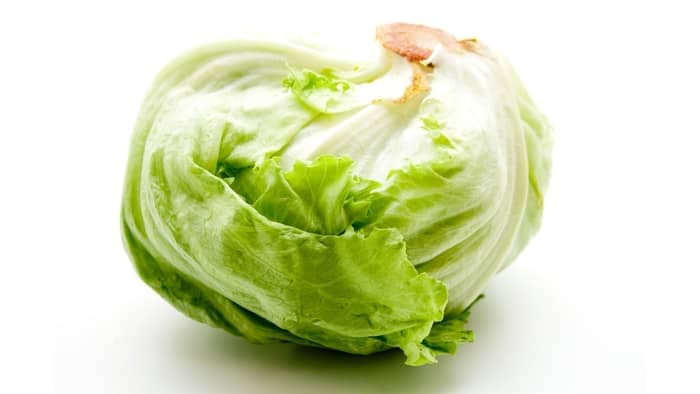Last Updated on November 27, 2021 by Guillermina
Is growing lettuce indoors in water possible? For sure many of you have seen internet photos about growing lettuce in water indoors. A quick answer is a YES.
Lettuce can grow in water like many other vegetables. But for you to grow it, it can take a lot of patience. The art of growing vegetables and herbs indoors is not innate though. You can learn it as you practice.
Today on the blog, we are going to teach some ways on how to successfully grow lettuce in water indoors. Now you don’t have to throw away your scrap lettuce because you can grow them.
Steps In Growing Lettuce Indoors In Water
Before we grow lettuce, let’s first examine which lettuce variety of lettuce you can grow in water. There are many types of lettuce but the most popular lettuces that can grow in water are the following:
Butterhead Lettuce
Butterhead lettuces are commonly used to make salads. They have soft leaves and an amazingly smooth texture like butter. It is more expensive compared with other lettuces but they’re delicious
Coral Lettuce
The coral lettuce is a bright green variety of lettuce. Some of them are deep red or speckled. They’re sturdy and crisp and are characterized by their frilly curls. They are best used for making burgers or salad sandwiches.
Cress Lettuce
The cress lettuce has small leaves with a peppery taste. It’s commonly sold in bunches. The mature ones have sturdier stems while the baby watercress is generally more tender. You may choose this variety when growing lettuce from the stump.
Iceberg Lettuce
Iceberg lettuce is another common lettuce that is crispy, pale, and delicious. Its impeccable crunch and taste make it a perfect addition to your salad sandwich.
Romaine Lettuce
Romaine lettuce is another great variety you can plant indoors. It has dark green leaves with firm ribs down the centers.
Growing Lettuce From Scraps (In Water)
Regrowing lettuce in water is a great idea if you want to recycle your scrap lettuce. Moreover, it saves you some trips to the grocery and its free food. The best prize you can have once you have grown your lettuce is when you have more food for your money compared with simply composting the ends of your lettuce.
The following are the steps you can get started with.
- Cut the leaves at about 1 inch from the bottom when eating your lettuce. Make sure that you still leave a small portion down the bottom of your plant where the roots usually grow.
- Place the remaining stem in a shallow dish of water at about ½ inch. When growing lettuce from the stump, you need to place it on the windowsill. Like many other herbs and vegetables, lettuce needs sunlight.
- Change the water 2-3 days and thereafter. This helps prevent algae and molds from forming. It also ensures that mosquitos, flies, and other insects don’t lay eggs in the stagnant water.
- In about a couple of days, you will notice that your plant lettuce is growing some roots. The most interesting fact about lettuce is that it can grow quickly. So long as you give it the proper care it needs, it can grow after 10 to 12 days.
- A friendly tip, it’s not going to be a full head lettuce like the once you bought commercially. But it will become spindly and bitter as it tries to grow seed. Take note that you cannot eat your lettuce yet. When the leaves start turning a blue-green color when the main stalk shoots up, that’s the time you can eat your lettuces.
Growing Lettuce In Water Indoors – I Can’t Regrow A New Head!
The primary concern here is that you’ll never get the same plant you can when growing lettuces in the garden. Since you are growing them from scraps, you can’t expect it to be growing at full blast.
However, growing lettuce in water indoors is a decent method for getting a couple of additional leaves. Plus, if you want to grow lettuce quickly, you can try the water technique.
Filling your homes with developing vegetation is useful for our wellbeing, reusing food scraps is useful for the climate. Moreover, the children will cherish watching their cuttings surprisingly develop into something that they can eat.
Even though it’s the same quality as the soil-grown plants, lettuces that are grown in water are still delicious. If you plant at least 10 scrap lettuces, you can already enjoy a great meal when it’s time for harvest.
Utilizing the water strategy is a one-and-done deal. However, if you want to produce more lettuce supply, this might not be the best option.
For a steady and more supply of lettuces, you can try planting them in the soil and creating a garden. This way, you can harvest bigger and more lettuces in the future.
Growing Lettuce: Water Vs. Soil Growth
So you have decided to grow lettuce. Grow lettuce in a space with full sun and well-draining soil. Plant during the cooler days of spring or summer. Lettuce has shallow roots, so check soil two times every week and water whenever the soil feels dry.
Keep the moisture of the soil. It needs to have a 3-inch of a layer of mulch. Reap at the dirt level when heads are firm and full-grown; leaf lettuce can be collected leaf by leaf once leaves are sufficiently enormous to eat.
The cooler climate of spring and fall gives the ideal conditions for developing lettuce. The waiting time for it to grow is relatively small. So there is not so much agony in growing lettuce. When planted in soil, you can harvest more lettuce in a very short time. When your lettuce turns lush green and tall, you can start harvesting them.
Well, there are many other vegetables that you can try planting such as onions, leeks, and cilantro. Care to plant more vegetables other lettuce? Stay tuned for more interesting factors about indoor gardening.



